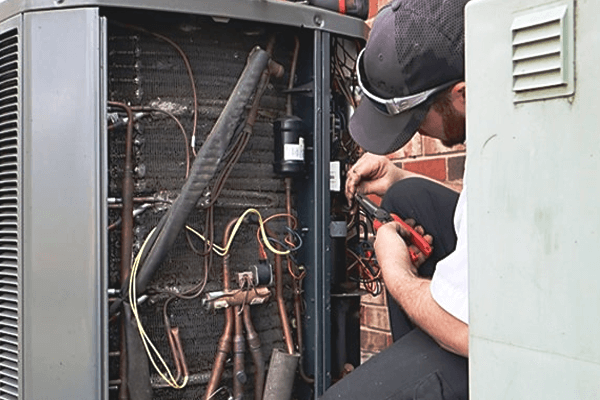Performing regular furnace maintenance is a must for extending the lifespan of your home heating system. However, there comes a time when replacing the furnace is a necessity. After a certain point, it becomes a financial and safety concern.
So how will you know when it’s time to replace your furnace rather than repairing it? Here are six signs that it’s time for a home heating upgrade.

Contents
6 Signs It’s Time to Replace Your Furnace
Advanced Age
One of the most telling signs that it’s time for a furnace replacement is the age of your home heating system. A well-maintained furnace could last up to 30 years, depending on your usage habits and the quality of the system. However, most people start to see degradation around 15 years.
If your furnace is more than 15 years old, it’s time to start considering an upgrade. Technology has come a long way over the past decade, both in terms of quality and efficiency. Your furnace may still work at this point, but it’s likely not working as well as it used to. In other words, you’re paying more in utilities and repairs than the output you’re getting in return.
Signs of Wear and Tear
If you’re noticing physical signs of degradation on your furnace, it’s time for an upgrade. If you notice bubbling or rust on the outside of your furnace or flue, you’re overdue for an upgrade. This issue is more than cosmetic; it poses safety concerns.
Breakdowns on the outside of your furnace could mean that toxic gas and carbon monoxide is escaping into your home rather than being properly vented outside. Carbon monoxide has no taste, color, or odor, making it entirely undetectable without a carbon monoxide alarm. It’s also hard to detect carbon monoxide sickness, which is why it’s considered a silent killer, killing over 400 people per year and sending 50,000 more to the hospital.
Inefficiency
There are several indications that your furnace is no longer running efficiently. One of the most telling signs is an unexpected increase in heating costs beyond the cost of fuel. If your furnace is consuming more fuel each year to provide the same output, it’s failing.
Another sign that your furnace is running inefficiently is increased moisture in the home. The furnace is a part of your HVAC system and should work with your ventilation to produce proper airflow. If you start noticing excess moisture in your home and condensation on your windows, it’s time to call a furnace expert. Sometimes this issue is a simple repair, but when paired with an aging furnace, it typically indicates the need for a full replacement.
Increased Repair Visits
If you find yourself scheduling more and more repair visits, it’s probably time for a furnace upgrade. Even a reputable furnace technician can only do so much when your furnace needs to be replaced. Fortunately, they’ll be able to tell you the best path forward and make recommendations on what system is best for your home.
Loud or Strange Noises
The sound of your furnace kicking in and heating your home should be fairly unnoticeable, fading into the background sounds of your home. If you start noticing any strange or loud noises, there’s something wrong. These sounds could include rattling or banging, or the sound of short cycling (starting and stopping repeatedly).
The absence of sound is another indicator that something is wrong. If your furnace is completely silent, there’s an issue.
Sometimes a strange furnace sound is just a loose connection that can be tightened and easily fixed. Other times, it indicates deeper issues that signal the need for a replacement.
Burner Flame Changes
Finally, the most concerning furnace issue is changes to your burner flame. Your burner flame should be strong and blue. A weak yellow flame indicates that the gas isn’t being burned entirely, leaving fumes to escape into your home. This could result in carbon monoxide poisoning or even an explosion in a worst-case scenario.
Scheduling annual furnace maintenance will help extend the lifespan of your furnace. Work with a skilled technician who can tell you when it’s time to replace your existing system with a modern, efficient alternative.
More on LivingProofMag
Effective Ways To Make Your Home More Energy Efficient
Most Common HVAC System Problems and Solutions
